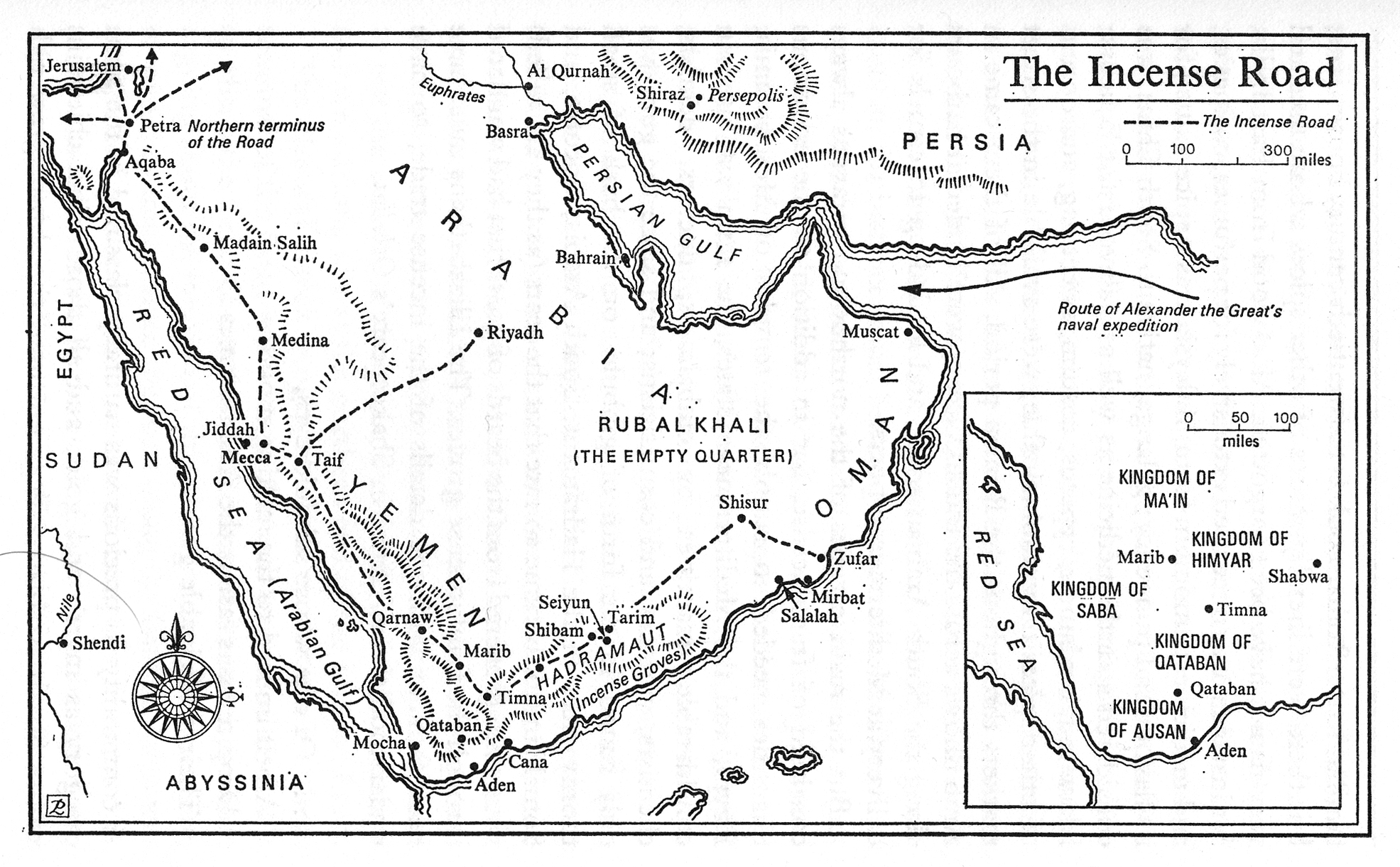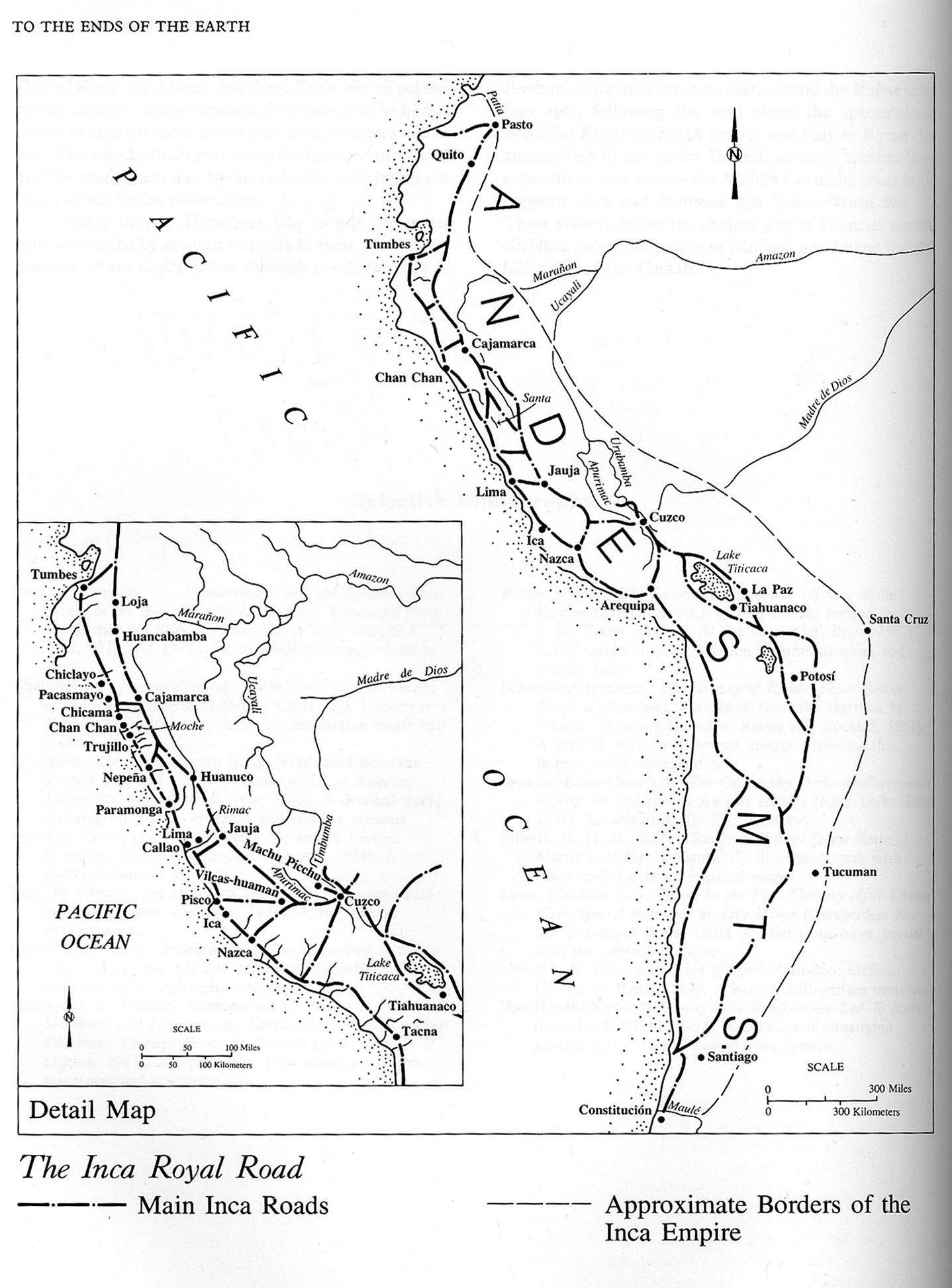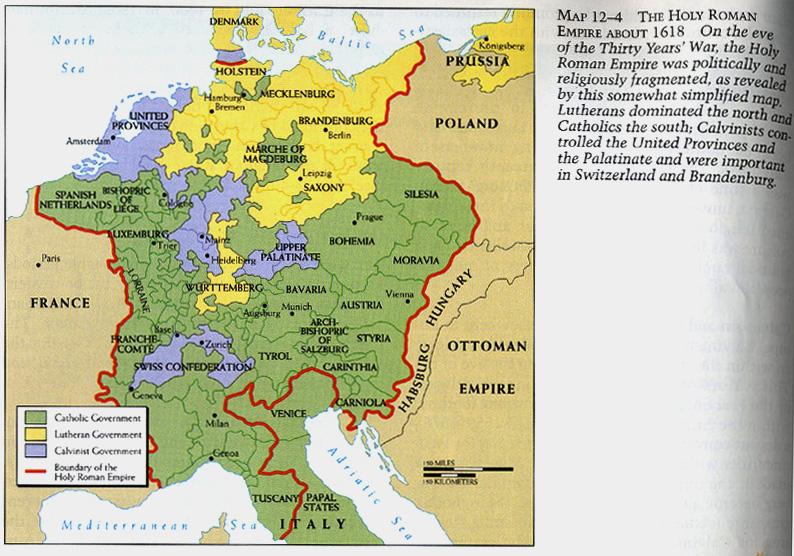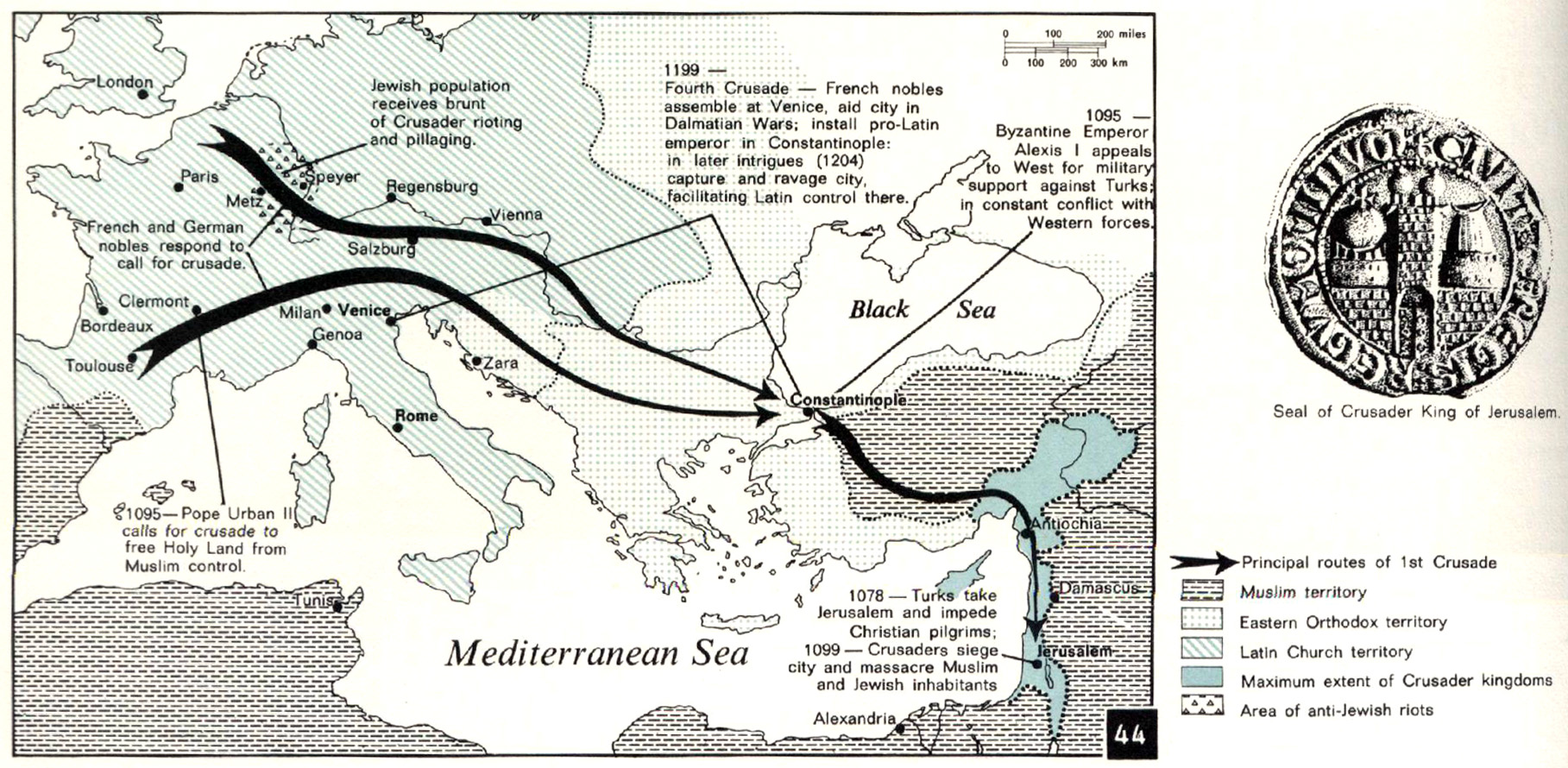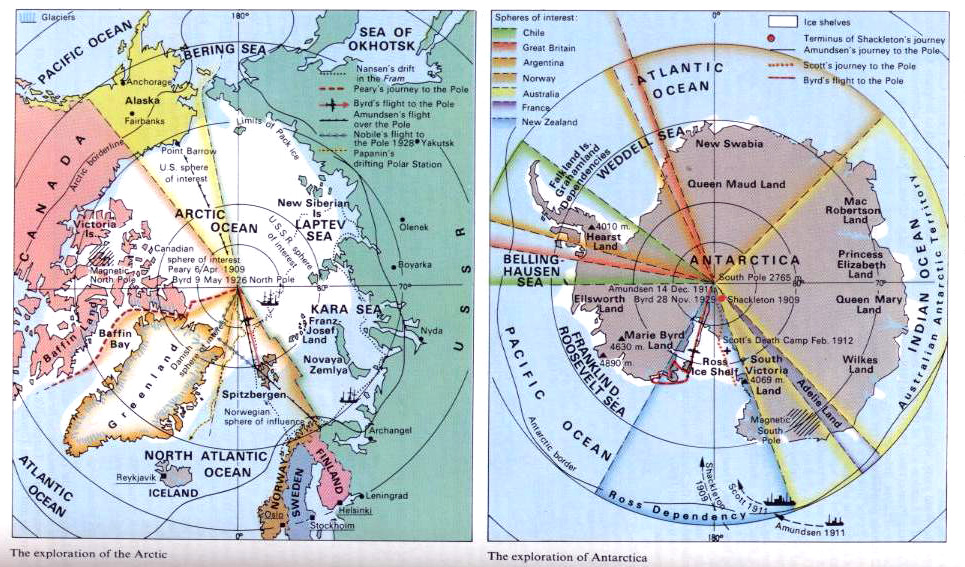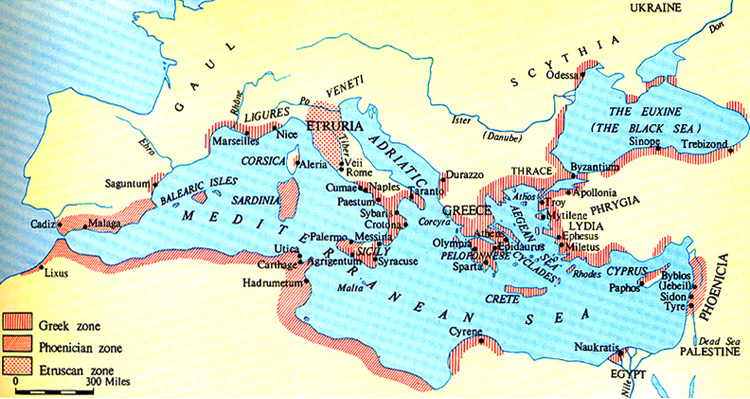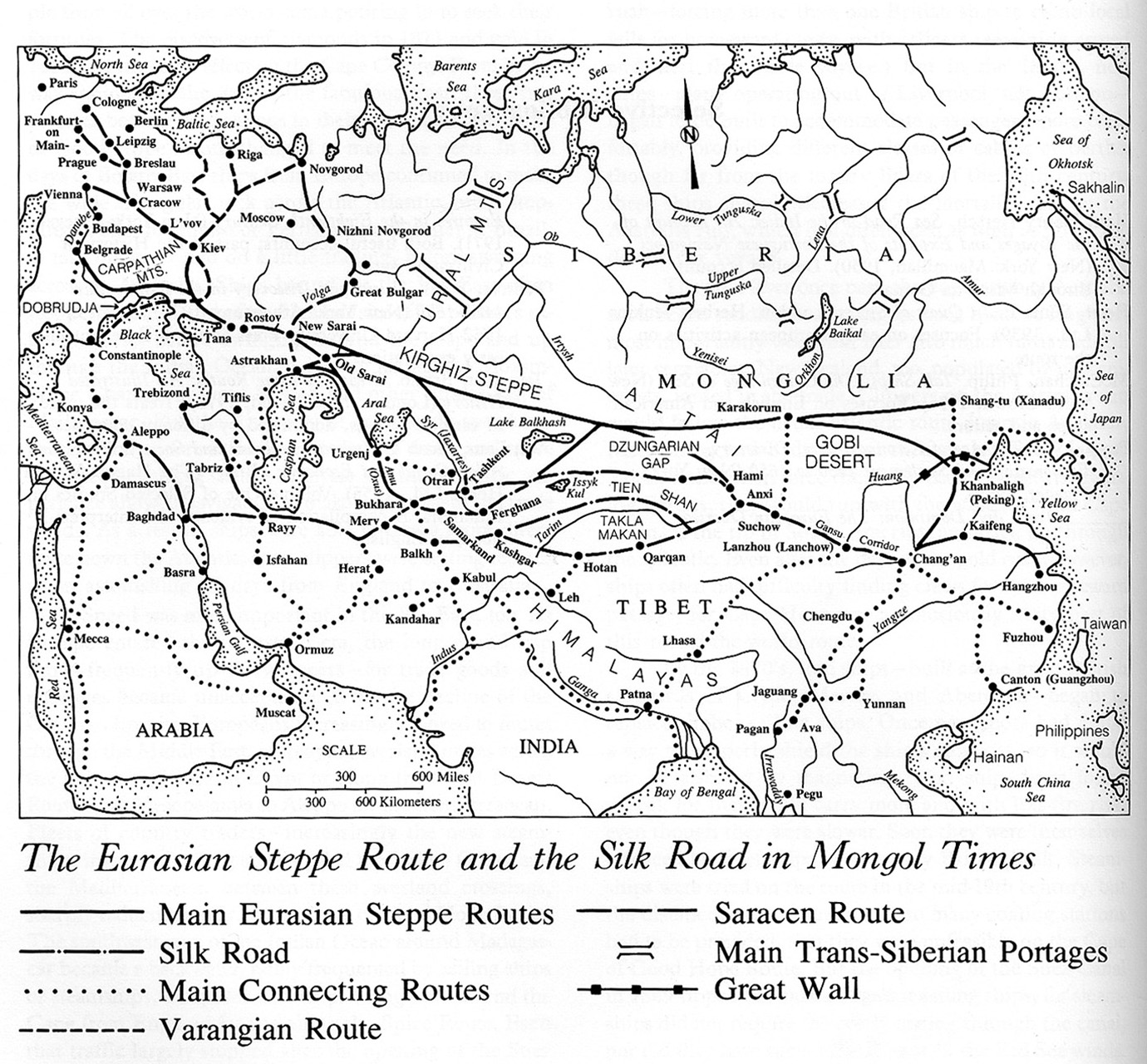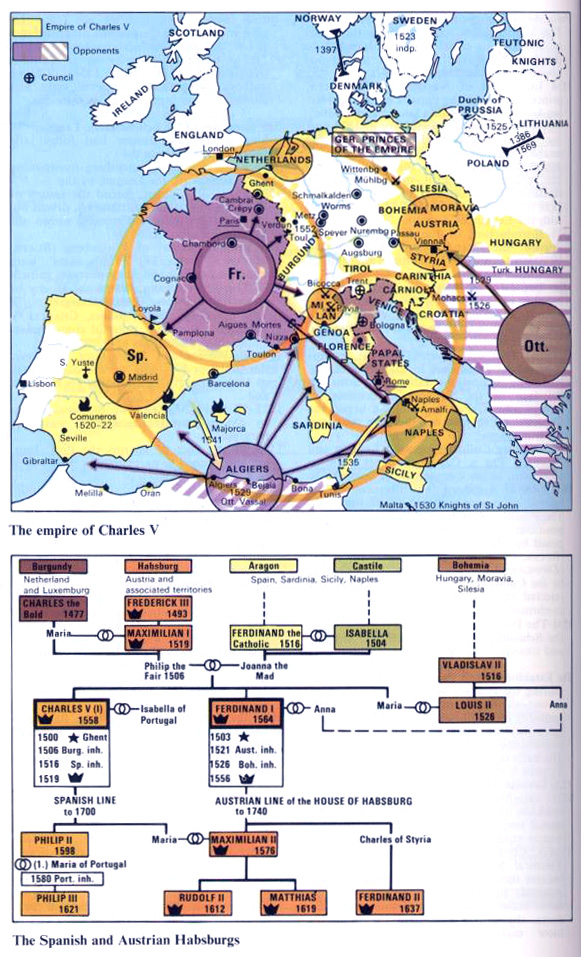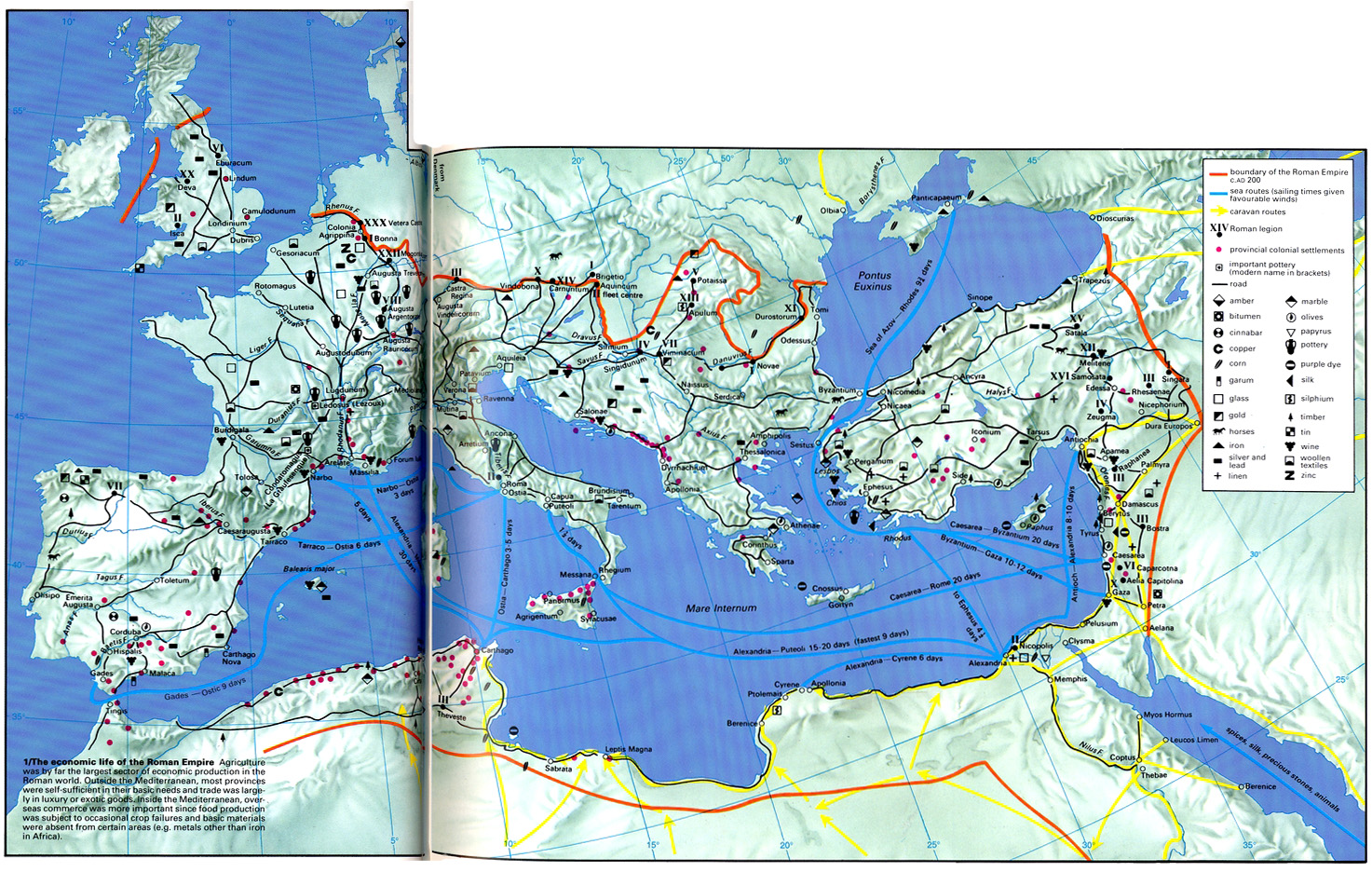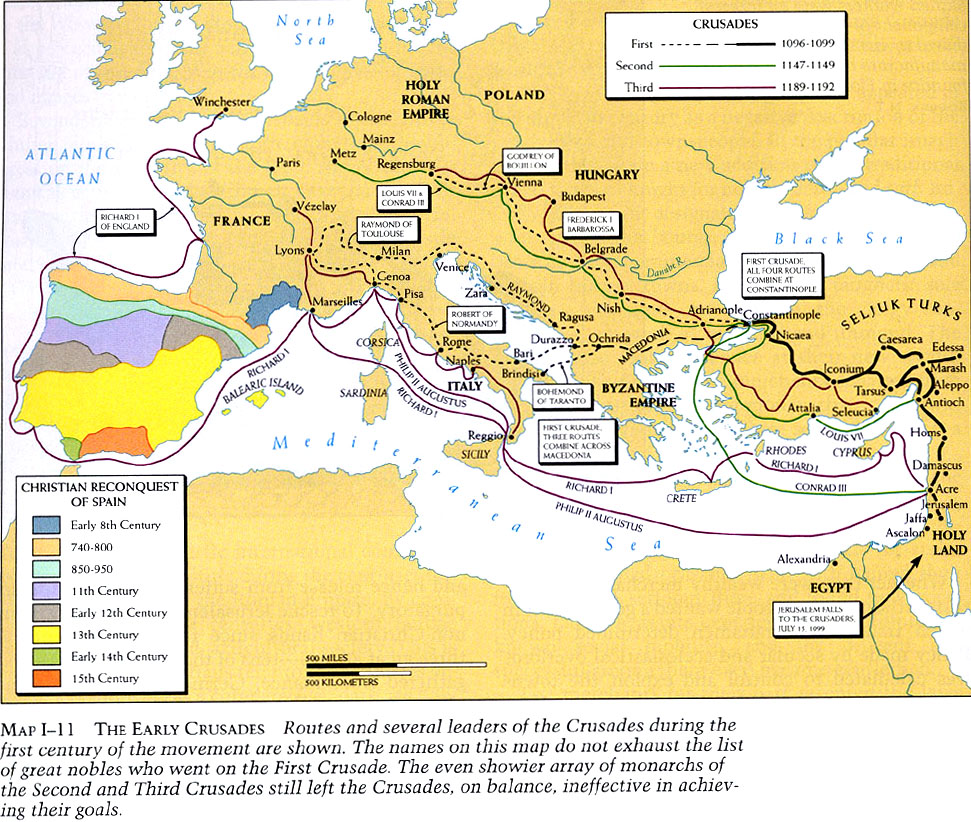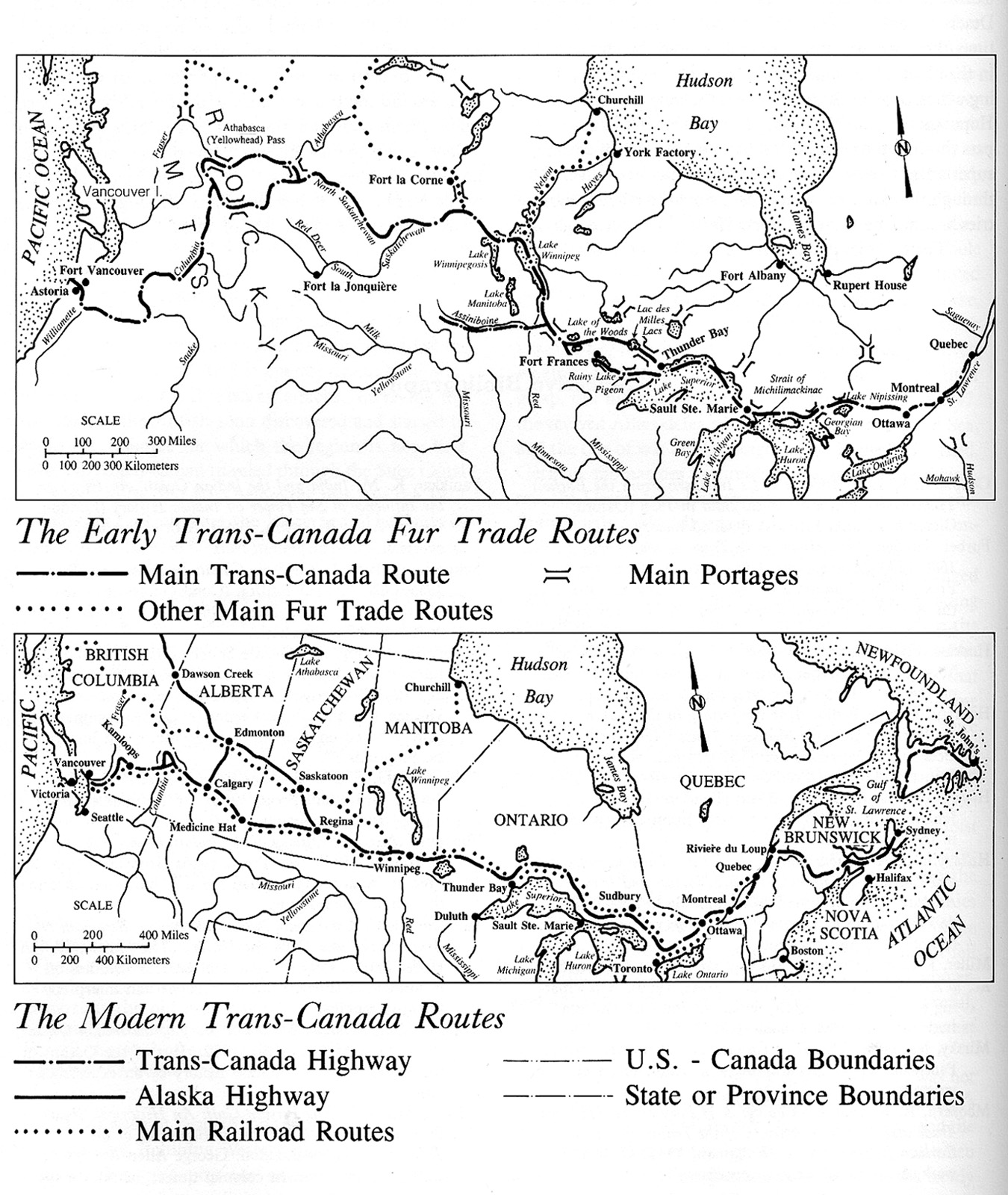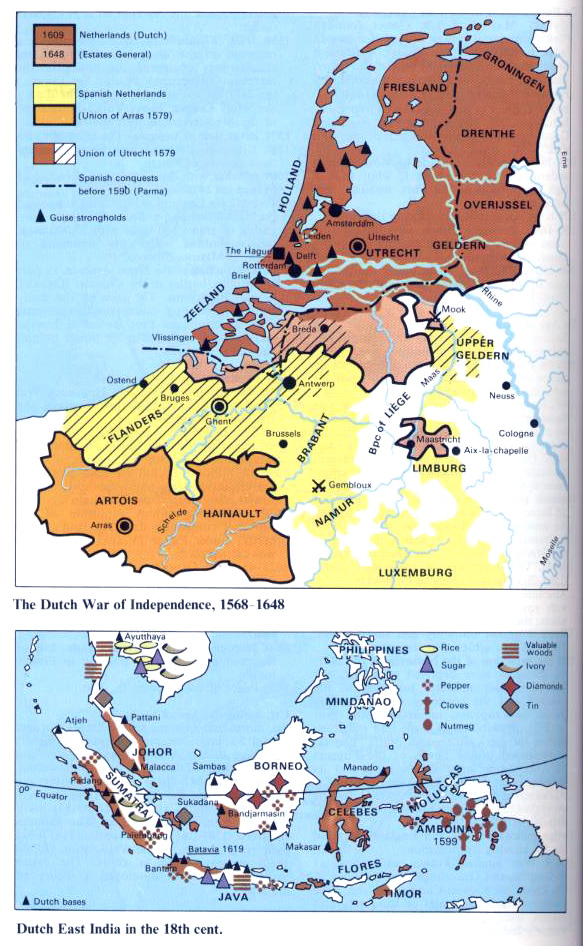Caption
The Incense Road in Greco-Roman Times
Summary
Map shows Main and Secondary Incense Roads, its Main Connecting Land Routes, and the sea Spice Route in Greco-Roman Times.
Source
To the Ends of the Earth: The Great Travel and Trade Routes of Human History (p. 168)
Facts on File Publications, New York and Oxford, 1984.
Copyright
Irene M. Franck and David M. Brownstone.
This is a copyrighted work. Its use on QED is under the “Fair Use” rule.


